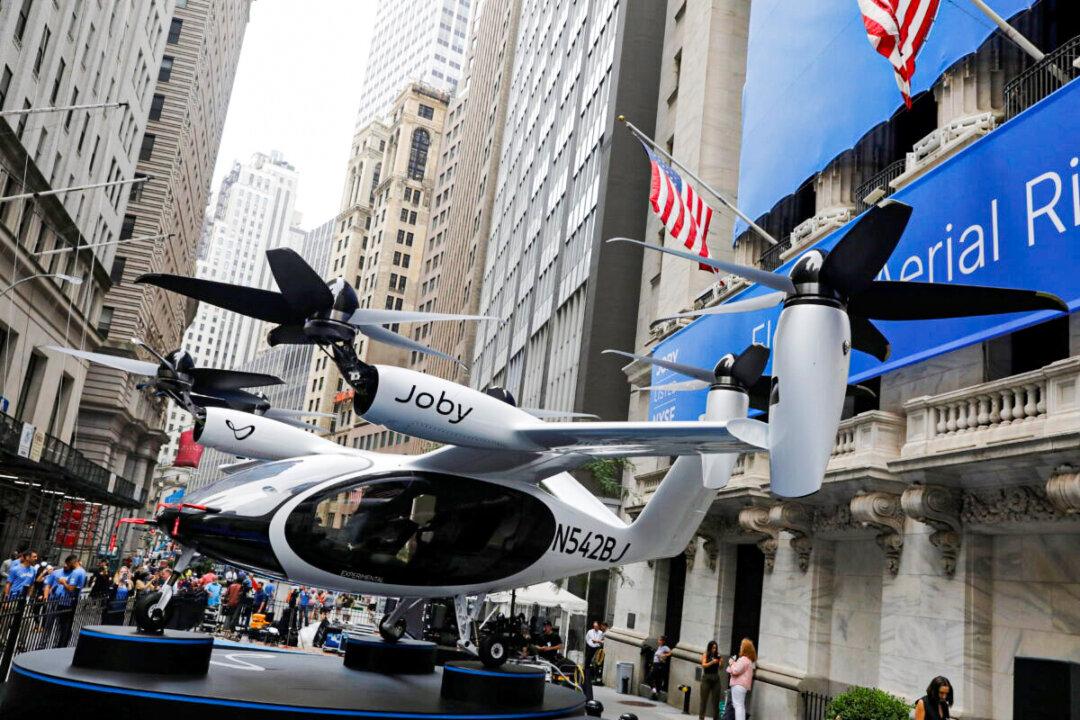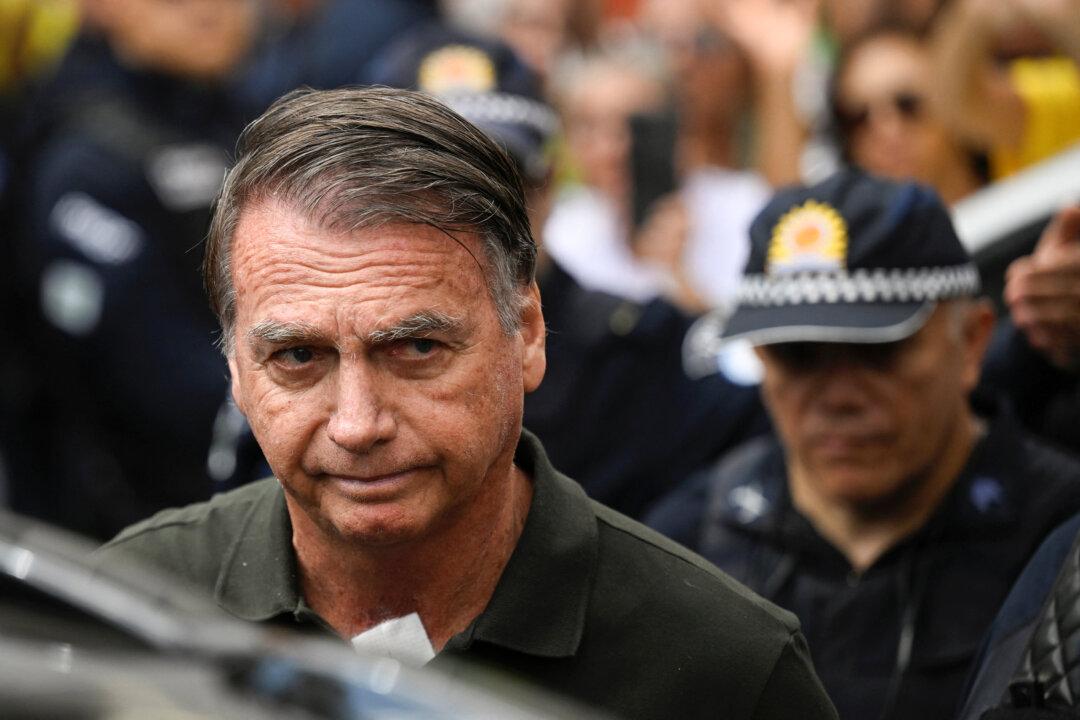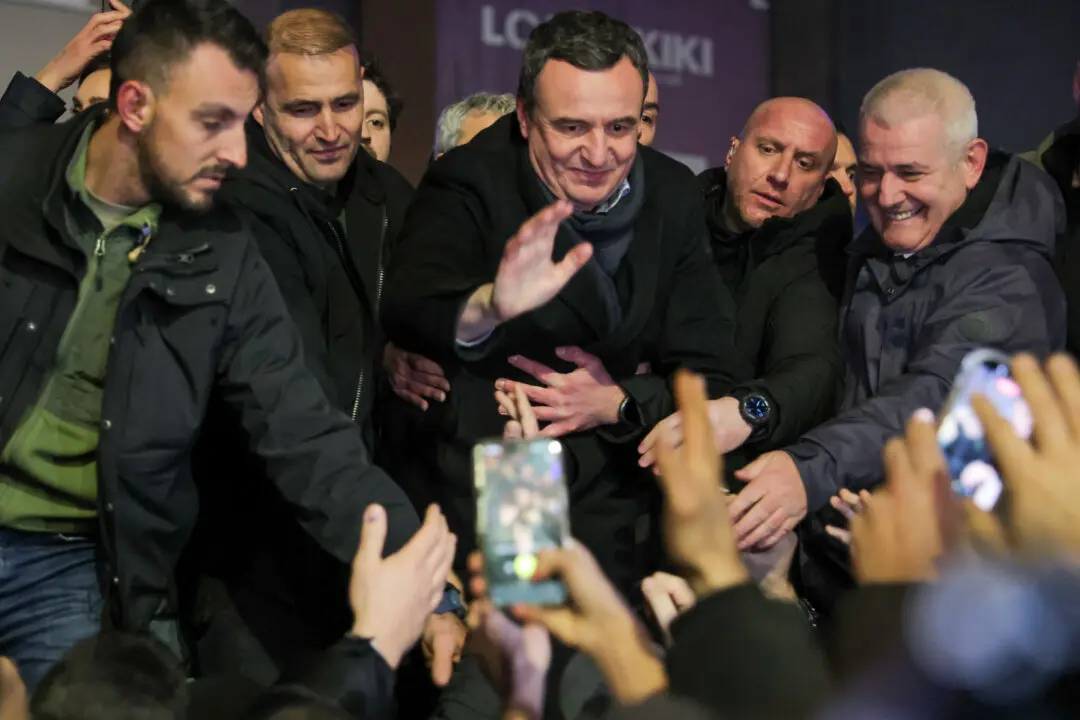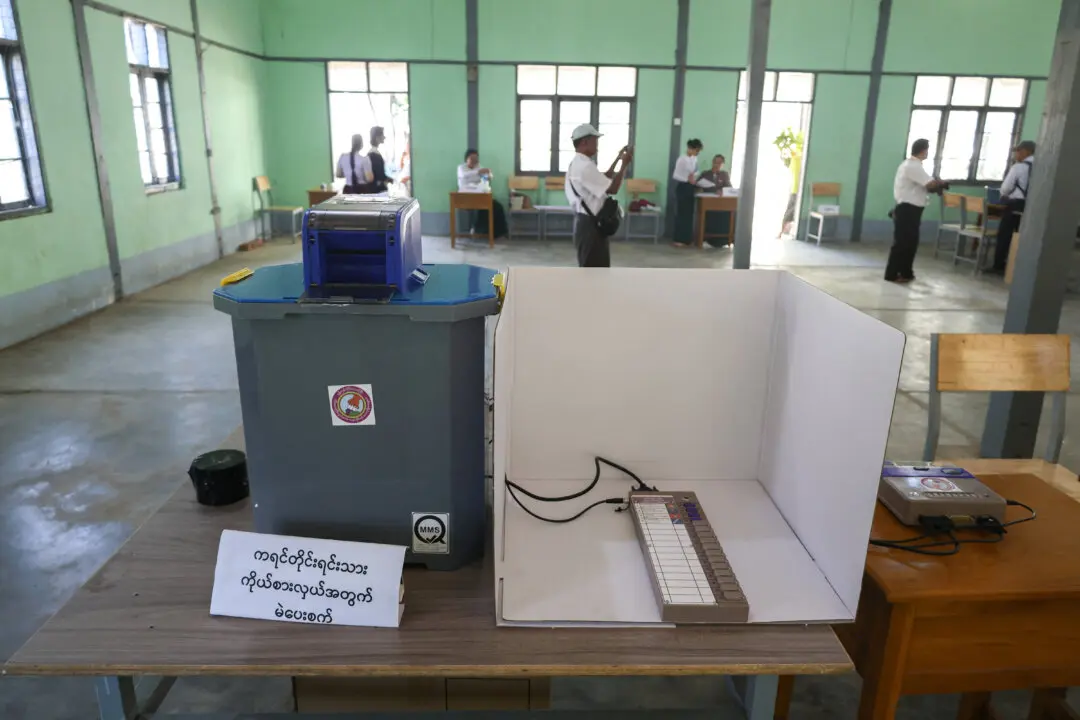WASHINGTON—Joby Aviation Inc said on Thursday it had received a certification from the Federal Aviation Administration (FAA) that would allow it to begin its air-taxi operations commercially with a conventional airplane.
Although the certification gives the necessary clearance and is a significant milestone, the company still has additional regulatory hurdles to clear before its five-seater aircraft can legally fly passengers.





